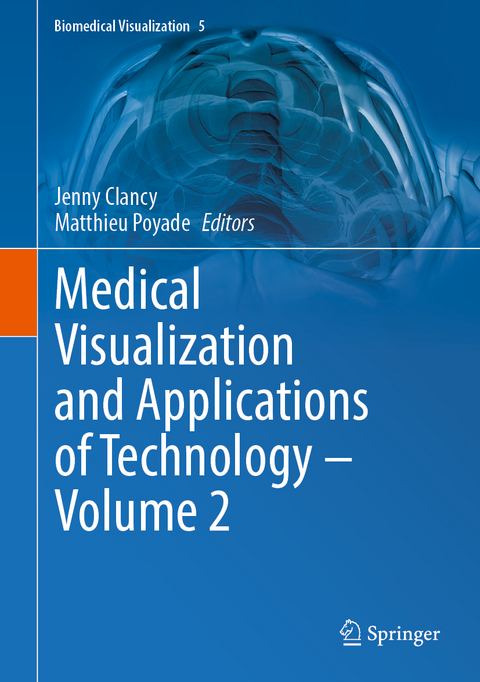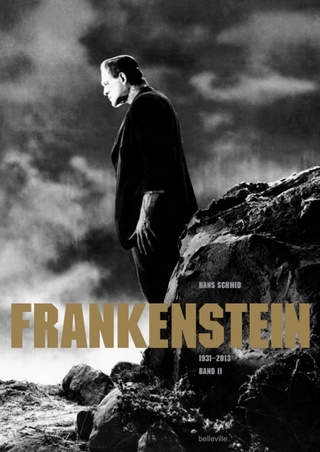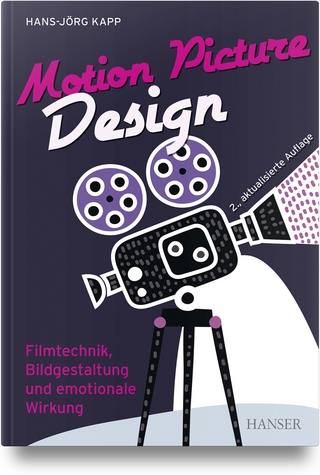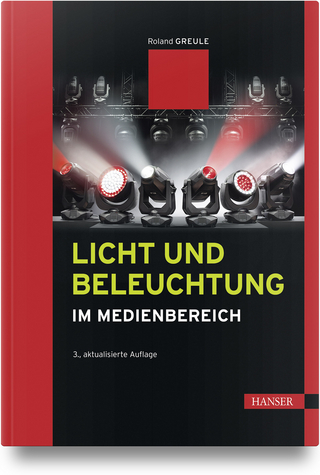
Medical Visualization and Applications of Technology — Volume 2
Springer International Publishing (Verlag)
978-3-031-63462-8 (ISBN)
This edited volume encompasses chapters on novel and innovative research in the applications of leading digital technologies in an accessible and engaging way. By utilising cutting edge and ever progressive technology in visualization, it will enhance our understanding and application in our everyday lives.
This volume shows how we can use Extended Reality, 3D animations and serious games to benefit the learner, educator, clinician, patient, parent and carer. Visualization techniques like Virtual, Augmented and Mixed Reality and show how they can be utilised to improve training and understanding of anatomy, surgery, and clinical assessment. This is covered specifically for emergency practitioners in enhancing their understanding of ECG's for potential myocardial infarction by using augmented reality. From a translational medicine perspective and pre-operative pediatric surgical planning, the benefits of augmented reality are examined as to what might be found intra-operatively from imaging techniques.
Educational applications of digital technologies using serious games and Extended Reality are examined. We show how Mixed Reality can aid understanding in cellular anatomy for our learners and researchers alike. We also show how serious games can have applications in diverse areas like parasite infections and neuroanatomy education and training.
Finally, from a clinical perspective, the use of 3D animations and their applications is discussed for vertebral fractures and increasing parent/carer awareness through interactive applications. Also, the use of 3D animations in cerebral magnetic resonance angiography for global education highlights the great benefits of these tools and technologies.
There is something for the researcher, clinician, educator, patient, and carer as we explore novel technologies. These are applied locally, nationally and globally as we advance our understanding of the world changing influence that digital technologies have on our day-to-day life.
Dr Jenny Clancy is a lecturer in anatomy at the University of Glasgow and is the postgraduate lead for anatomy. She is also the programme director of the Medical Visualisation and Human Anatomy MSc, delivered jointly with the Glasgow School of Art and accredited by the Institute of Medical Illustrators (IMI). Jenny is a council member of the British Association of Clinical Anatomists and is assistant editor for the journal Clinical Anatomy. Jenny obtained a degree in Anatomy (BSc Hons, first class) from the University of Glasgow and a MSc in Human Identification from the University of Dundee before moving to the University of Leeds where she obtained a PhD in Neuroscience. Jenny is also a Fellow of the Higher Education Academy. She is interested in the use of 3D digital models to teach complex areas of anatomy, particularly neuroanatomy and embryology. She has presented her work at numerous national and international conferences and has been widely published. Jenny has also been invited to speak at several conferences on the pedagogical evidence underpinning the incorporation of extended reality in life sciences and medical curricula, including delivering a workshop at AMEE 2023. Dr. Matthieu Poyade is the programme leader of the MSc Medical Visualisation and Human Anatomy jointly offered with the University of Glasgow, and a lecturer in Volumetric Visualization, and Human Computer Interaction and Extended Reality. He is a member of the European Association for Extended Reality (EuroXR) and has been an executive member and secretary for several years. He completed his PhD in Human Computer Interaction at the University of Malaga, Spain. His PhD thesis investigated the development of fine motor skills using haptic force feedback devices for industrial maintenance tasks. Before joining the School of Innovation and Technology at the Glasgow School of Art, he was working as Research Associate at the University of Malaga, Spain, in a major EU funded project, ManuVAR, which investigates the development of a methodological and technological framework including AR/VR, to support the product lifecycle of European industries. His activities at the School of Innovation and Technology include several research projects in the field of Human Machine Interaction, Virtual Reality, Visualisation and Training applied to manufacturing and life sciences. He has been involved in several projects funded by the European Social Fund, Social Innovation Fund at the Scottish Government, Art and Humanities Research Council, Medical Research Council, Advanced Forming Research Centre, European Space Agency, National Health System Education Scotland. He has presented his work in several journals and international conferences. Some of his developments have been demo‘d in technological exhibition showcases such as Top Coder Open 2014 in San Francisco and Consumer Electronic Show CES2015 in Las Vegas.
Part I. Extended Reality.- Chapter 1. ECG-in-AR: Enhancing Learner Comprehension of Cardiac Electrophysiology Using an Augmented Reality Mobile Application.- Chapter 2. Virtual Reality Surgical Simulation Model to Train Microsurgical Digit Revascularization and Replantation.- Chapter 3. MyoSITE: A Site-Specific Mixed Reality Educational Tool for Life Sciences.- Chapter 4. Creating an Intuitive Model for Translation of Preoperative Imaging to Intraoperative Visualisation in Paediatric Surgery: Leveraging Augmented Reality for Accurate Depth Perception and Inner Anatomy on Tablet AR Platform.- Chapter 5. Controllerless Control: A Review of Peripheral Technologies for VR Veterinary Spinal Tap Training.- Chapter 6. The Effectiveness of a 3D Virtual Reality Model of a Paediatric Abdominal Neuroblastoma for Surgical Planning and Junior Doctor Education.- Part II. 3D Animations.- Chapter 7. Vertebral Fractures and Juvenile Osteoporosis: Increasing Parent/Carer Awareness with an Interactive Application.- Chapter 8. Cerebral Magnetic Resonance Angiography (MRA) Learning: A Methodological Framework to Develop a Web-Based Interactive 3D Application for Indonesian Medical Education.- Part III. Serious Games.- Chapter 9. An Educational Game to Teach Immune Evasion of the Schistosome and Validation of Its Impact.- Chapter 10. MindMap: Developing and Evaluating a Novel Digital Revision Tool for Cranial Nerve Nuclei and Their Resulting Pathways.
| Erscheinungsdatum | 16.09.2024 |
|---|---|
| Reihe/Serie | Biomedical Visualization |
| Zusatzinfo | XIII, 315 p. 349 illus., 325 illus. in color. |
| Verlagsort | Cham |
| Sprache | englisch |
| Maße | 178 x 254 mm |
| Themenwelt | Kunst / Musik / Theater ► Film / TV |
| Mathematik / Informatik ► Informatik | |
| Medizin / Pharmazie ► Studium | |
| Schlagworte | 3D Animations • 3D Virtual Reality • Anamtomy • anatomy • Biomedical Teaching • biomedical visualization • Educational Games • Neuroanatomy • Osteoporosis • STM Education • Virtual Reality |
| ISBN-10 | 3-031-63462-4 / 3031634624 |
| ISBN-13 | 978-3-031-63462-8 / 9783031634628 |
| Zustand | Neuware |
| Haben Sie eine Frage zum Produkt? |
aus dem Bereich


